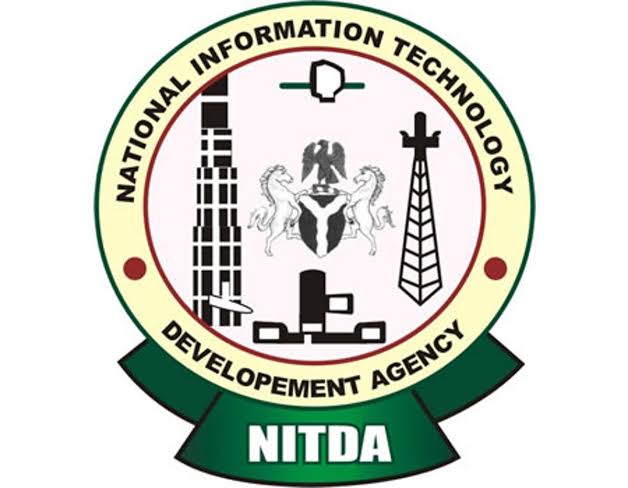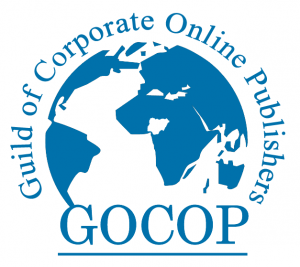The National Information Technology Development Agency (NITDA) has said the deployment of Internet of Things (IoT) can help countries affected by the Coronavirus respond to the pandemic better.
In a statement on Thursday to mark the celebration of the World Internet of Things (IoT) Day, NITDA said IoT could help governments and medical personnel in ensuring compliance to stay at home order as well as diagnosis and treatment of the disease.
The statement signed by Mrs Hadiza Umar, NITDA’s Head, Corporate Affairs and External Relations, recalled that IoT Council in 2010 set aside 9th April to commemorate the IoT technology.
According to Umar, “The significance of IoT, particular in this trying time of the COVID-19 pandemic, cannot be over-emphasised.
“It is unfortunately experienced in recent times that the COVID-19 outbreak is a global crisis, impacting almost all human endeavours, particularly the health sector.
“In the heath sector, IoT could be used to fight the virus outbreak and enforcement of lockdowns where necessary in combination with the Geographic Information System (GIS) and other appropriate technologies.
“Governments all over the world are directing citizens and residents to ‘Work From Home’ as a means of curtailing the spread of the virus.
“In such a situation, the health sector can promote the use of appropriate IoT solutions and capabilities among doctors and healthcare workers to treat patients via telemedicine.
READ ALSO: Gbajabiamila Tasks Nigerian Youths On Digital Knowledge
“Unfortunately, the pandemic resulted into the loss of my medical doctors and other healthcare workers through physical contact with the infected persons. This, therefore, means that virtual treatments and interactions can go a long way in safeguarding the precious lives of our healthcare workers.
“Innovative IoT devices such as drones can be used to monitor and enforce compliance of government’s directives of social distancing and prohibition of mass gatherings during the Coronavirus pandemic.
“They can also track crowd sizes in real-time as well as coughing and temperature measurements to determine COVID-19 symptoms through analytics from the real-time data generated.
“In the case of breach of any compliance directives, the IoT devices can intimate the law enforcement agents for necessary action.
“Furthermore, IoT can be used to ensure patients’ compliance or breach of quarantine etiquettes through remote monitoring by healthcare workers.
“The data generated therein can be used to track down who else can be vulnerable as a result of a breach. Patient management is another area of IoT application.
“It can enable monitoring of all patients who are high-risk enough to warrant quarantine but not serious enough for in-hospital care against the current practice of manual door-to-door patient checking which could be contagious.”











